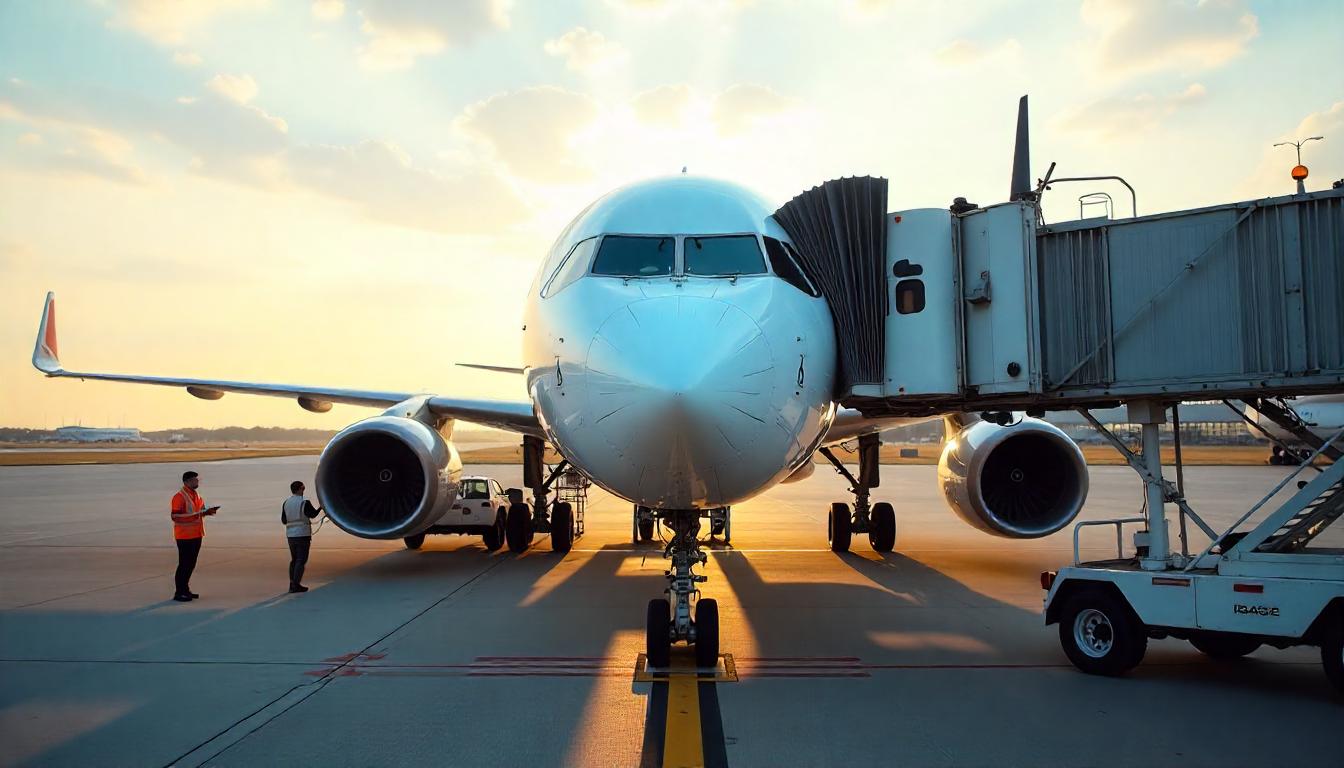Another Blow to Boeing’s Safety Reputation
Boeing’s milestone of carrying its billionth passenger on the 787 Dreamliner last month was a moment of celebration for the aircraft manufacturer. However, that achievement has been overshadowed by the recent Air India crash in Ahmedabad involving the same model, casting a shadow over its previously unblemished safety record. While investigations are still underway, and no technical fault has been confirmed, the incident adds to the scrutiny already facing Boeing.
The 787, distinct from the 737 Max model that was grounded globally after two fatal crashes in 2018 and 2019, had until now maintained an exemplary operational history. Aviation experts caution against jumping to conclusions, noting that most recent aviation disasters have been linked to human error rather than manufacturer faults. Still, Boeing’s name is once again tied to a fatal incident, which could damage its already fragile public image.
Financial and Reputational Struggles
When trading opened in New York following the crash, Boeing’s stock dropped by 5%, reflecting market uncertainty. This latest crisis comes at a time when the company is struggling to stabilize its finances and regain public trust. Boeing reported losses of nearly $1 billion per month last year due to multiple challenges, including a labor strike, ongoing safety crises, and unresolved quality control issues.
In early 2024, an incident involving an Alaska Airlines aircraft where a door detached mid-flight resulted in Boeing paying $160 million in compensation. That was followed by a $428 million settlement with Southwest Airlines for losses stemming from the prolonged grounding of the 737 Max fleet. These financial penalties, though significant, represent only a portion of the broader crisis Boeing faces.
Internal Culture and Whistleblower Claims
Boeing has also been under fire for its internal safety culture. The company claims it is making progress, citing a “500% increase” in internal safety reports as evidence of a healthier, more transparent work environment. However, several former employees have raised serious allegations.
John Barnett, a quality control manager who worked at Boeing for over 30 years, accused the company of installing substandard parts under production pressure. Barnett died by suicide last year, and Boeing denied the allegations. More recently, engineer Sam Salehpour told lawmakers that he faced retaliation for raising concerns about structural integrity and production practices. Boeing insists that it prohibits retaliation and encourages employees to speak up.
Legal Troubles and DOJ Agreement
In a major legal development, Boeing recently reached an agreement with the U.S. Department of Justice to avoid criminal prosecution for obstructing an earlier federal investigation. The company admitted to conspiring to mislead the Federal Aviation Administration (FAA) and agreed to pay more than $1.1 billion in fines. The decision has faced criticism from the families of crash victims, who argue that the penalties do not go far enough in holding Boeing accountable.
New Leadership Faces Challenges Ahead
To steer the company through its current storm, Boeing appointed Kelly Ortberg as its new CEO. Ortberg, who returned from retirement, has promised cultural reforms focused on safety and transparency. He maintains that Boeing is on the path to renewed profitability and aims to rebuild confidence among both airline partners and the public.
Despite reassurances, the Air India tragedy adds another layer of complexity to Boeing’s recovery. While the cause remains unknown, the crash serves as a stark reminder that public trust in aviation safety is fragile—and once lost, difficult to regain.



